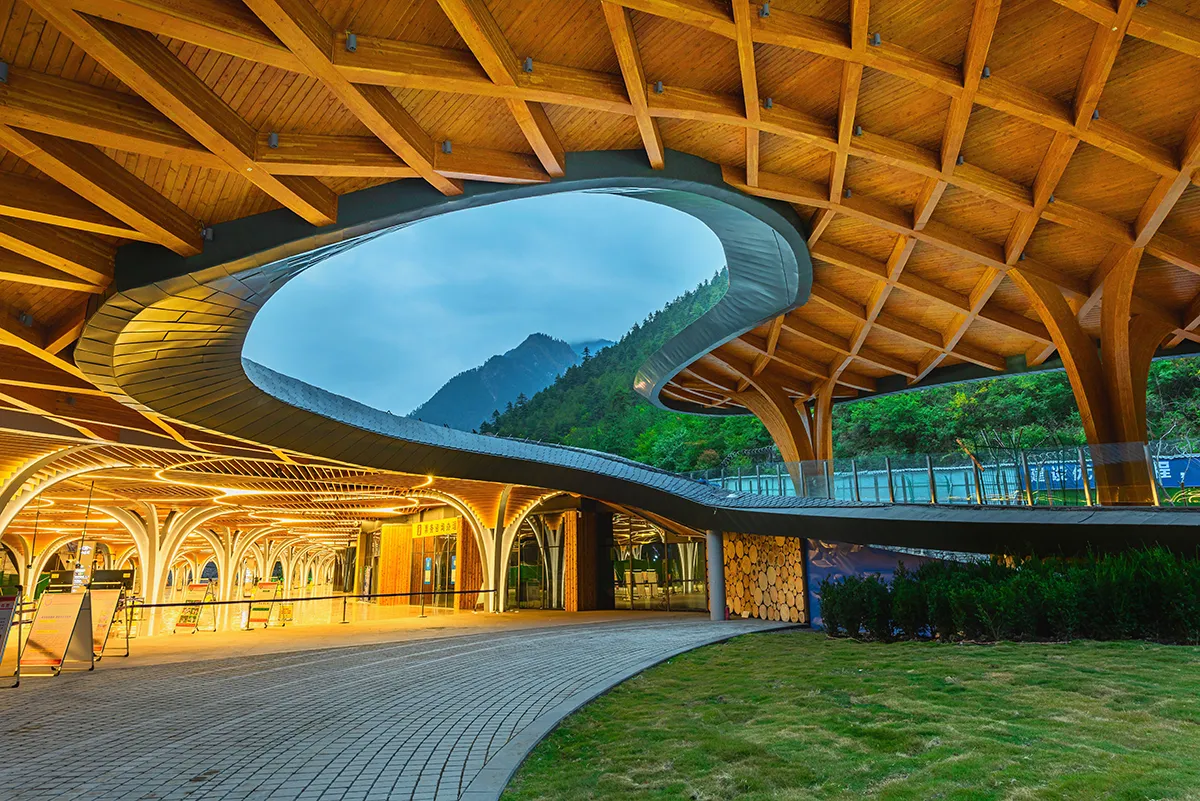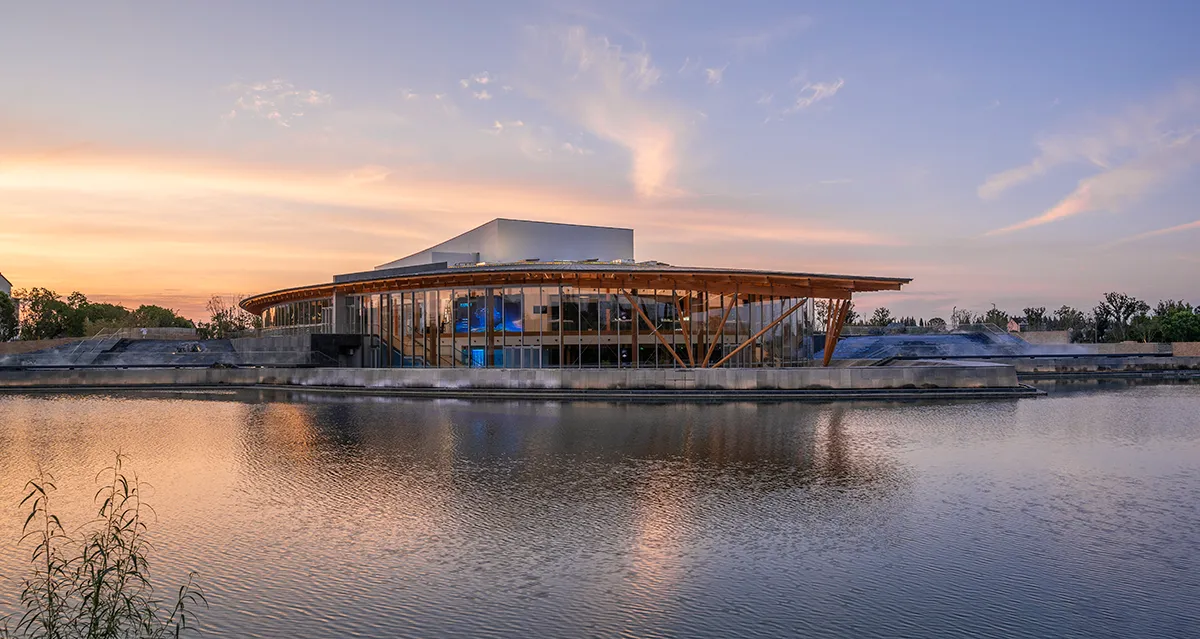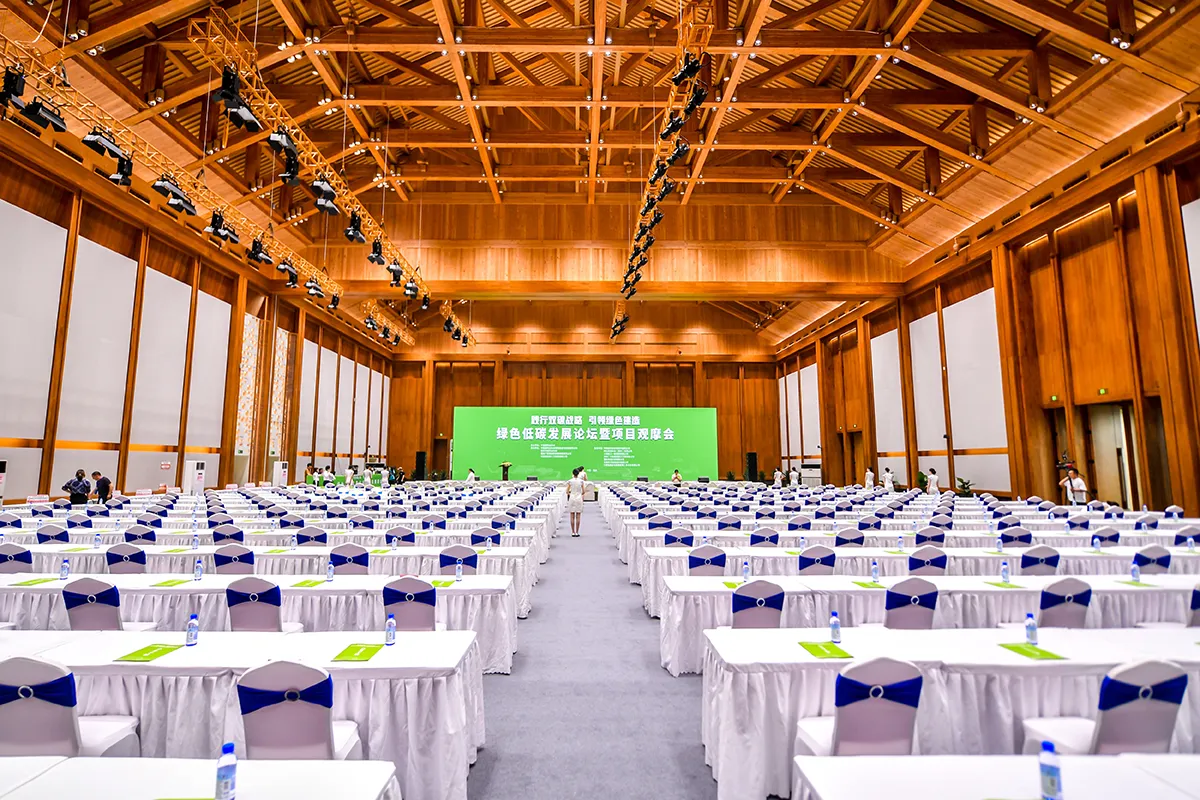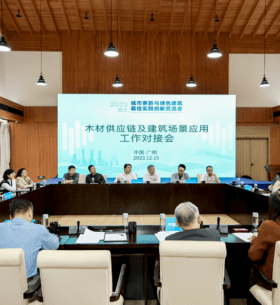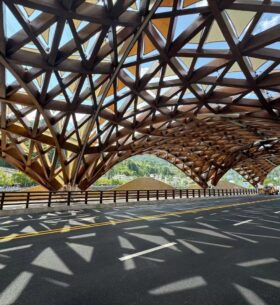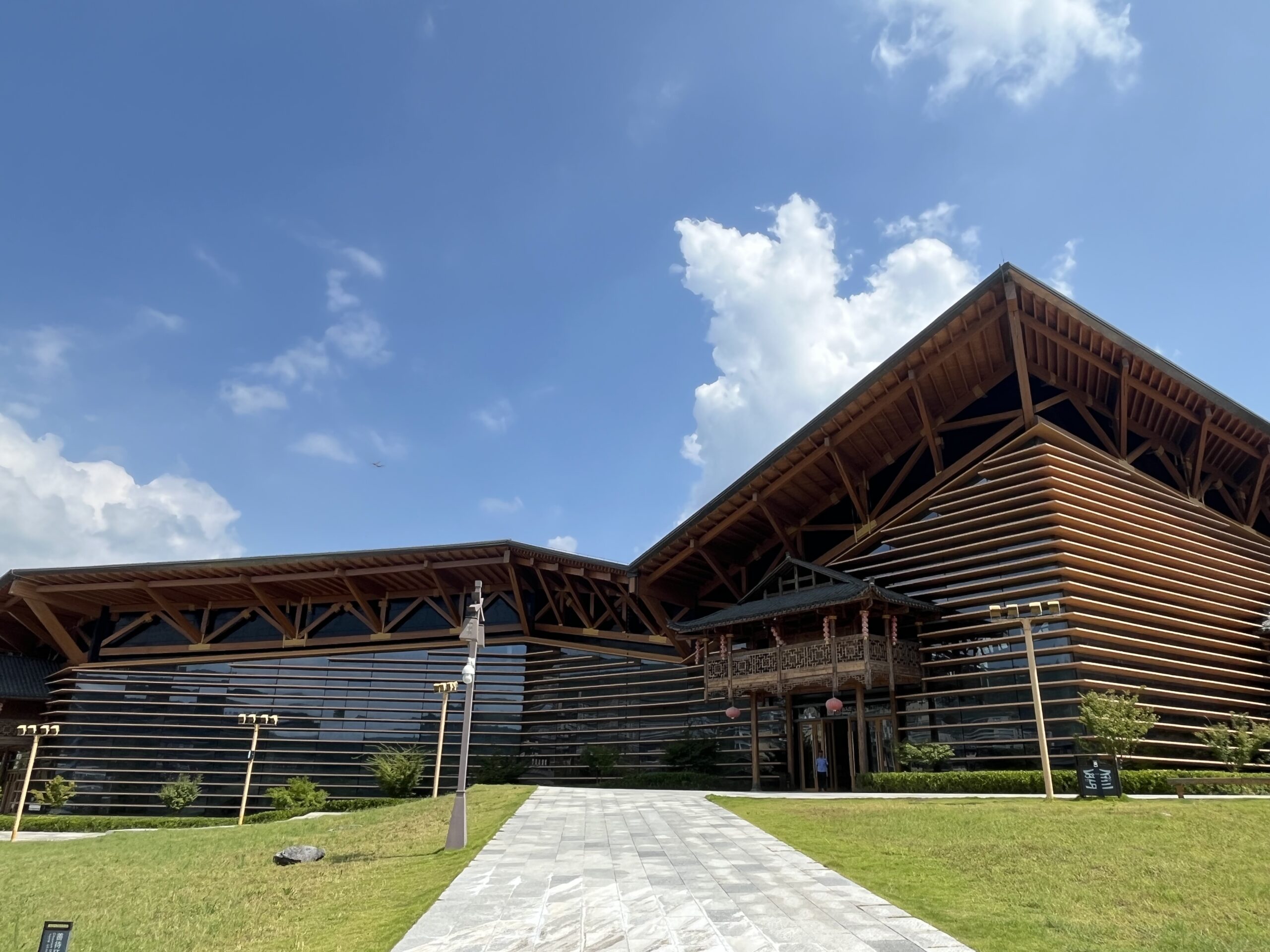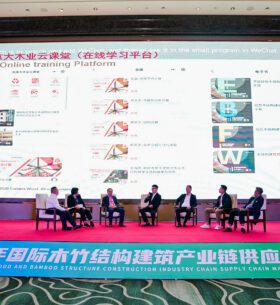Market Overview
Since 2003, FII and the Canada Wood Group have worked together in China to create a market for wood construction and grow the market share for BC wood products. Exports have grown from a very low level, rising to become one of the “big three” export markets for BC forest products (alongside the U.S. and Japan).
With wood construction now taking hold commercially, market development efforts are focused on leveraging China’s carbon reduction and green building priorities and positioning BC’s sustainable wood products in emerging segments.
Photo: Nanchang Lotus Book Store, Hubei province | Credit: JinagXi Guojin Green Building Technology Company



